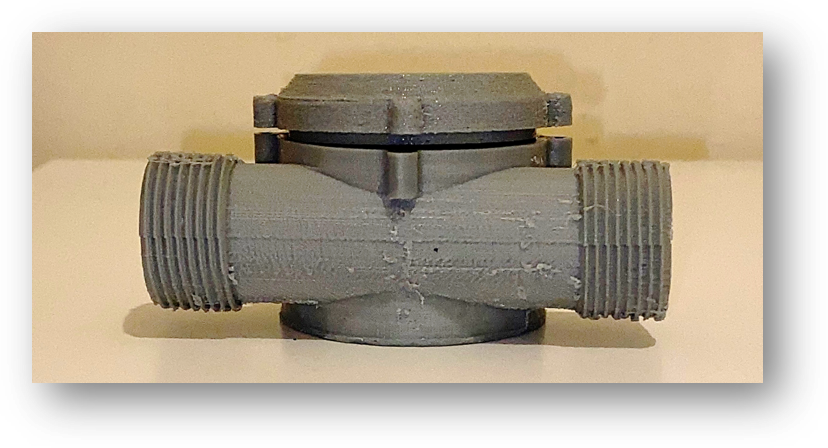
Sofia Khan
Supply pipes carry water from company pipework into properties. These run from the boundary of the property up until the first water fitting or stop-tap inside the properties. While these stop-taps along the length of the supply pipe, and any water fittings, are the property owner’s responsibility to maintain, they are not used to harness the energy of the water that flows almost constantly, especially, in communal living areas such as: hospitals, community centres, schools, prisons, etc.
In this project, a micro-hydro turbine that would be installed in the mains water supply-pipes located outside of communal buildings, is designed and manufactured. The micro-hydro turbine is a self-contained, plug and play type, renewable energy unit that can tap in to the supply pipe and generate electrical energy. Making use of a minimum of 9 litre per minute flow of water, it would generate enough power to charge household electrical appliances for immediate use and recharge universal battery banks from 1500 mAh to 20000 mAh for a later use.
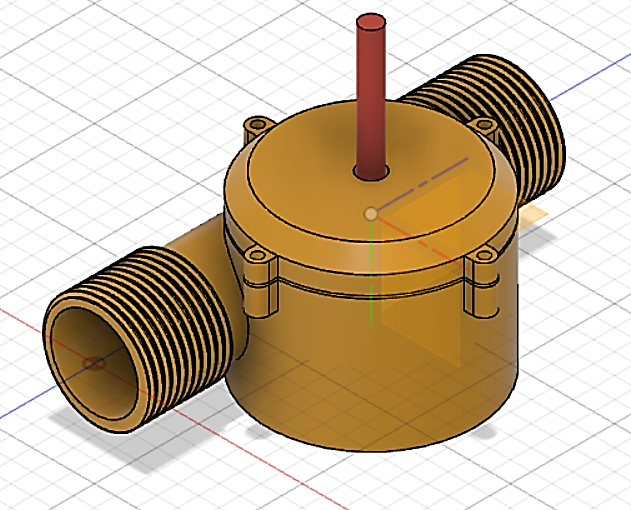
Sofia Khan
- Fig.1 - Leary, J. and Mbabazi, S., 2010. Block diagram of a typical micro-hydro system. [image] Available at: <https://www.re-innovation.co.uk/uploads/microhydro_S_Mbabazi_J_earyDesignofELC_website.pdf> [Accessed 11 February 2021].
- Fig.2 - Khan, S., 2021. Sketch of the location of the hydroturbine installation. [image].
- Fig.3 - Khan, S., 2021. Hand-sketch of complete project. [image].
- Fig.4 - Khan, S., 2021. straight turbine-blade. [image].
- Fig.5 - Khan, S., 2021. curved turbine-blade. [image].
- Fig.6 - Khan, S., 2021. pelton wheel-blade. [image].
- Fig.7 - Khan, S., 2021. Water-rig set-up at University Centre at Blackburn College for final testings. [image].
- Fig.8 - Khan, S., 2021. Flow-rate vs time graph of the flow-sensor, constructed by the Arduino IDE software for an input flow of 9 litres/min. [image].
- Fig.9 - Khan, S., 2021. 3D-printed hydro-turbine. [image].
- Using a step-up transformer accompanied by a high-voltage generator
- Re-designing of this device so it can withstand higher flow-rate
The aim of this project is to be able to design and manufacture a micro-hydro turbine that could be installed in the mains water supply-pipes, located outside of communal buildings.
- Highly reliable source of energy - extensive supply of water
- Completely 'green' and renewable (no CO2 emmision)
- Reduction in electricity bills
- Utilising energy that would otherwise be wasted
- Creates jobs in community
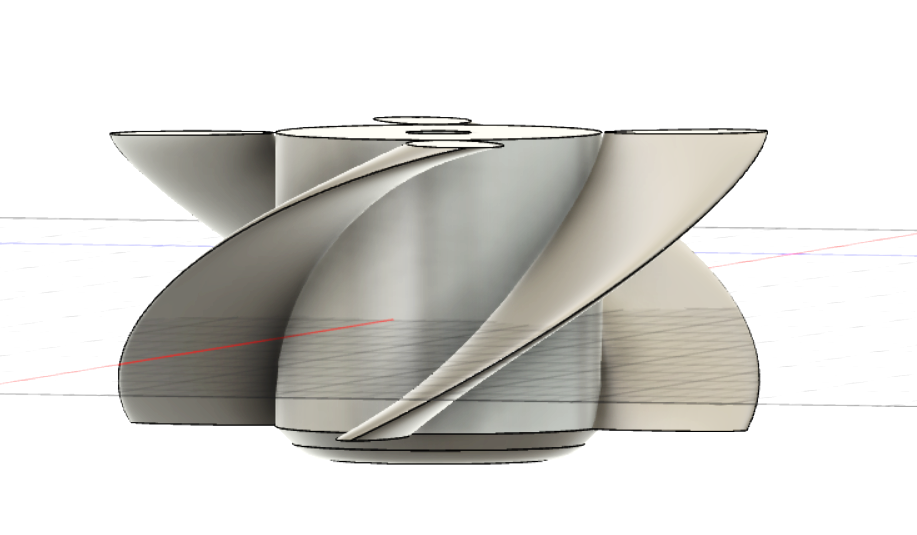
Fig.5 - curved turbine-blade (Khan, 2020)
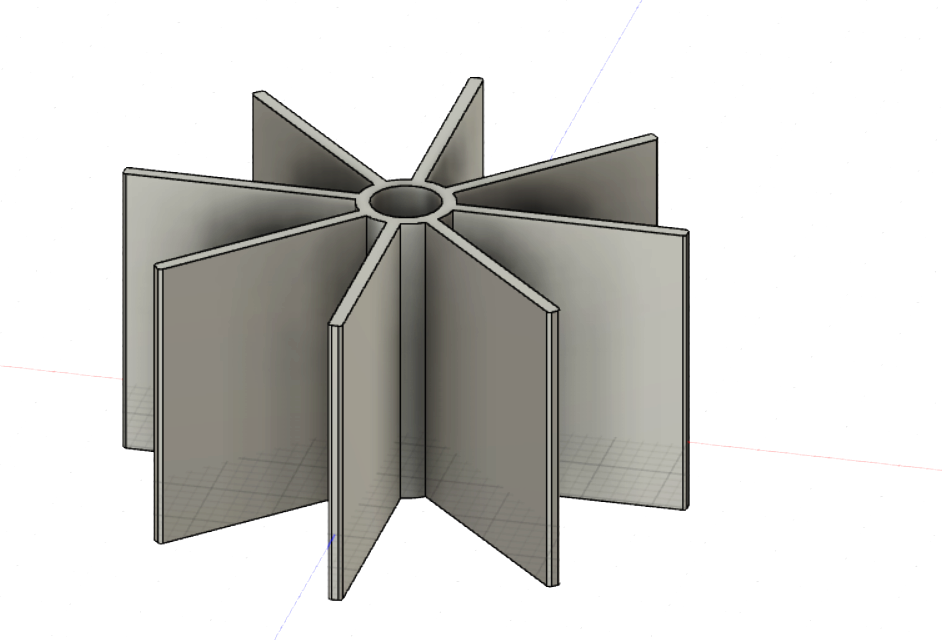
Fig.4 - straight turbine-blade (Khan, 2020)
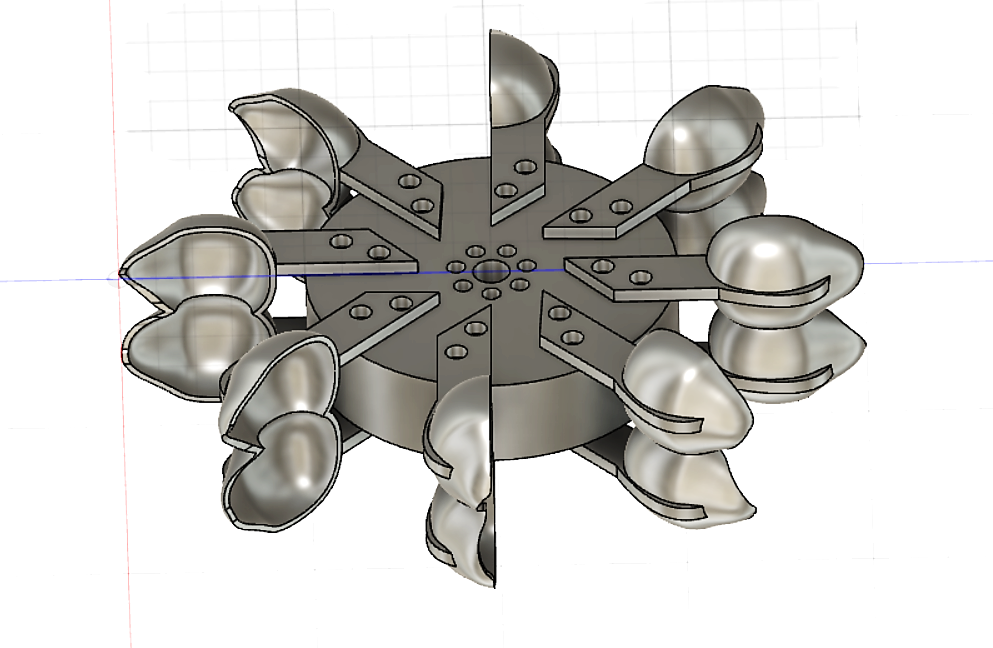
Fig.6 - pelton-wheel blade (Khan, 2020)
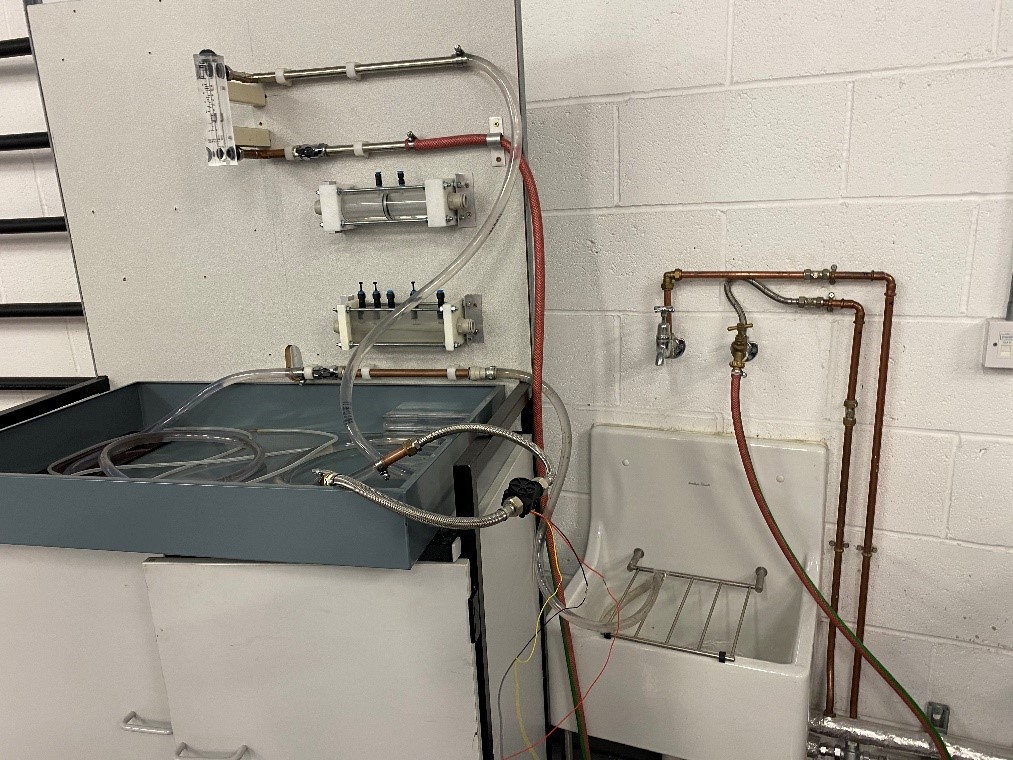
Fig.7 - Water-rig set-up at University Centre at Blackburn College for final testings (Khan, 2020)
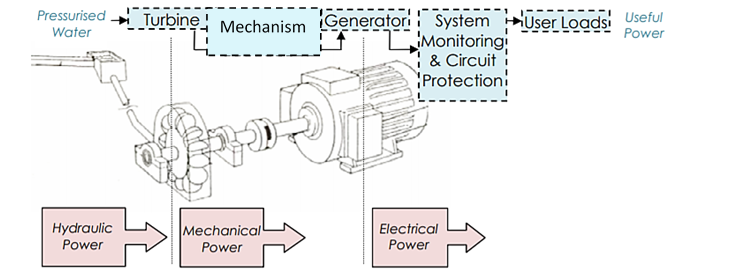
Fig.1 - Block diagram of a typical microhydro system(Leary and Mbabazi, 2010)
- Utilise the highly pressurised water-flow (9 litres/min minimum)
- Meet a minimum legal pressure requirement of 0.7 bar output
- Generate sufficient electricity to charge battery packs of 1500 mAh - 20,000 mAh capacity
- Power electrical appliances for building-users.
Water flows through supply-pipes in communal buildings (such as, hospitals, community centres, schools, prisons etc), day-in day-out with a sole purpose of only transferring water from point to point.
Such buildings do also require an increased amount of electrical energy for various small devices, for which the building is reliant on the grid system.
In this project a micro-hydroturbine is designed to utilise the highly-pressurised water in the pipes by converting it to electricity in the form of clean, renewable energy to power low-voltage devices, which would otherwise be wasted.
- Arduino board
- Dual USB type-A cable
- Laptop with Arduino IDE software installed
- Water-rig
- Flow sensor (test-piece)
- Water (fluid)
- Connecting cables (soldered)
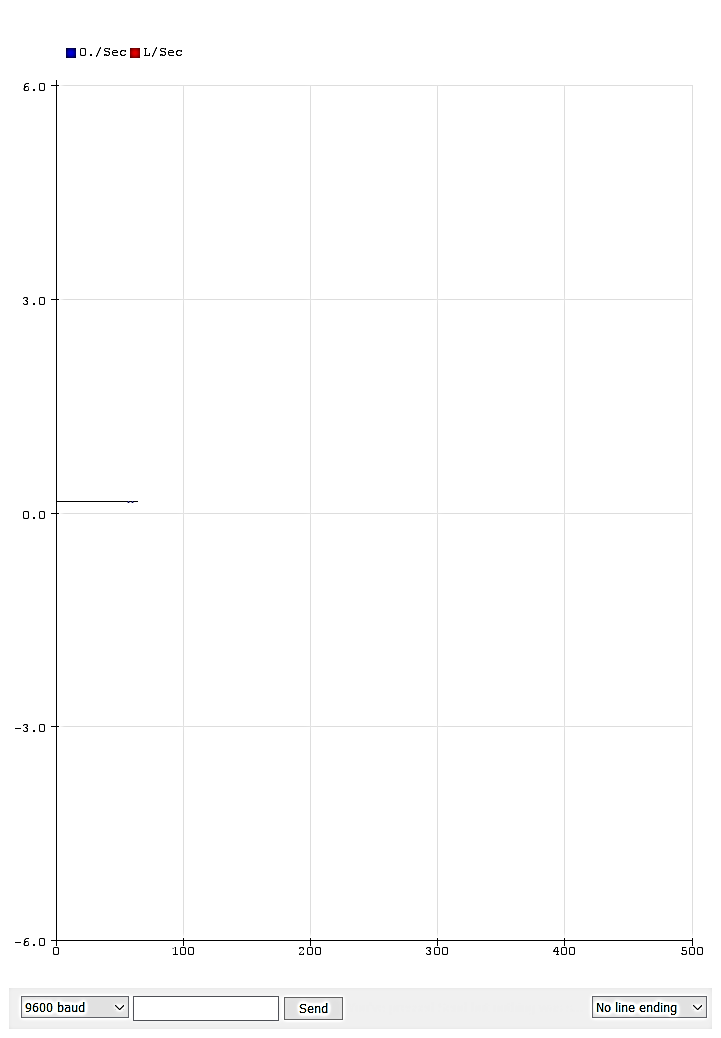
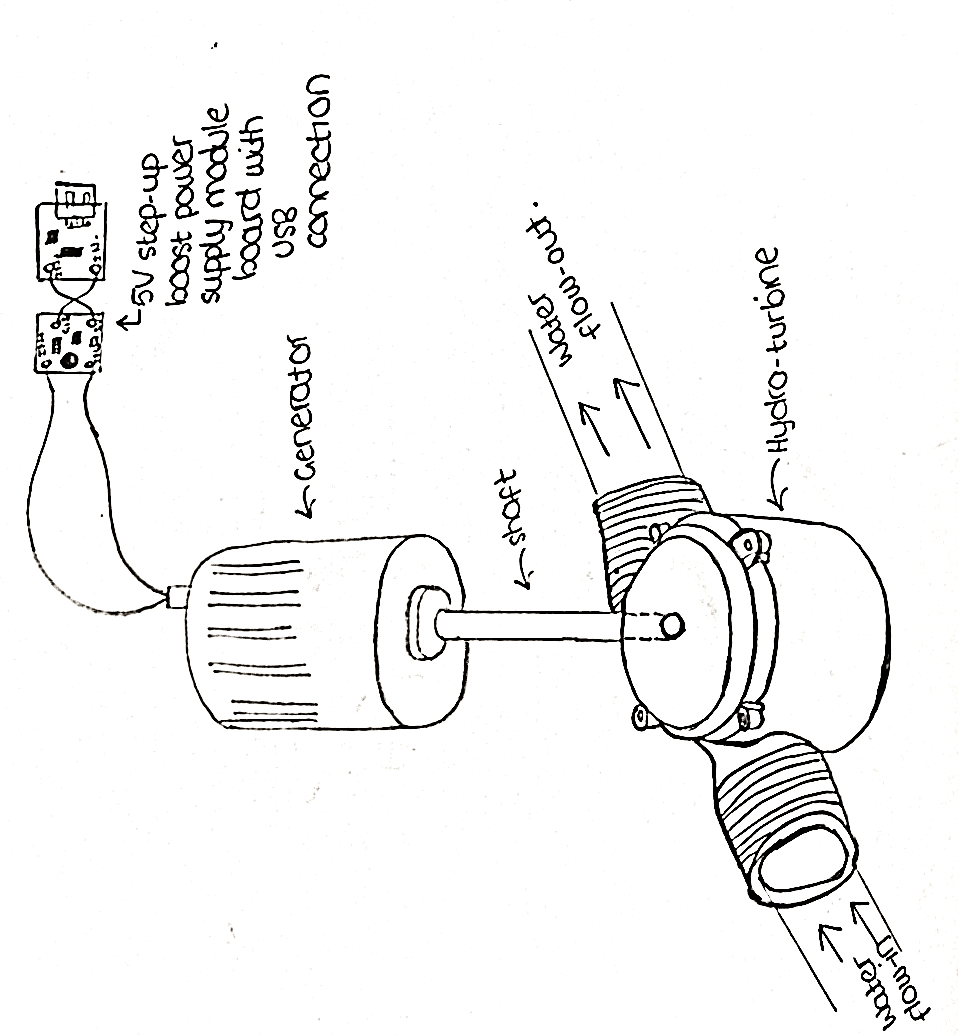
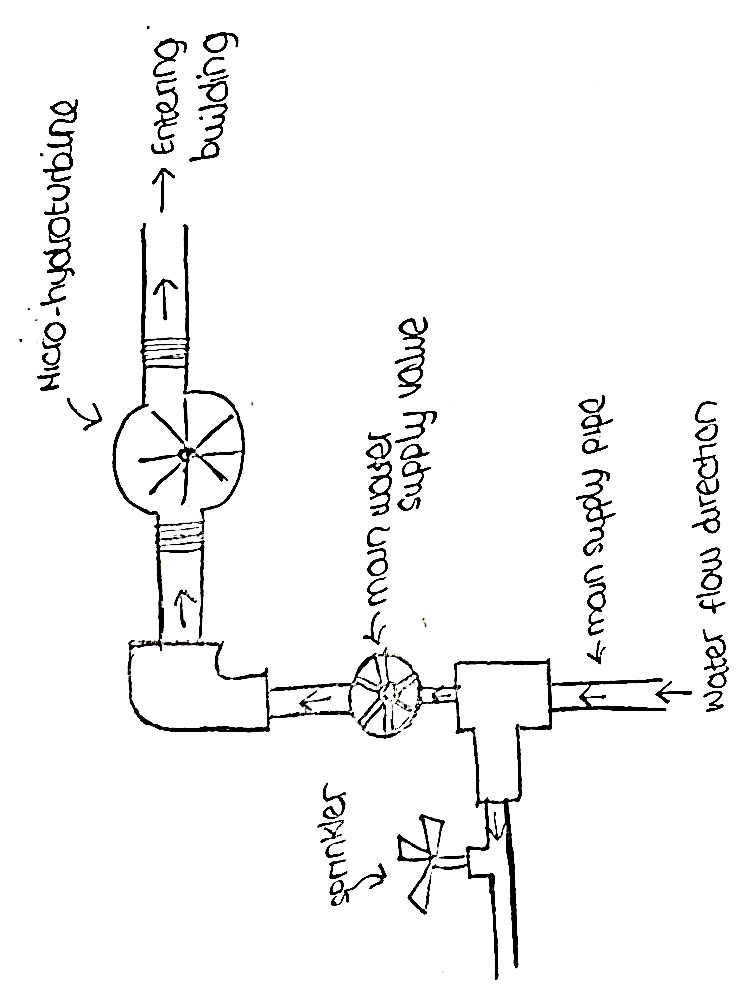
Fig.2 - Sketch of the location of the hydroturbine installation (Khan, 2020)
Fig. 3 - Hand-sketch of complete project (Khan, 2020)
































































































































































































































































































































































































































































































































































































































































































































































































































































































